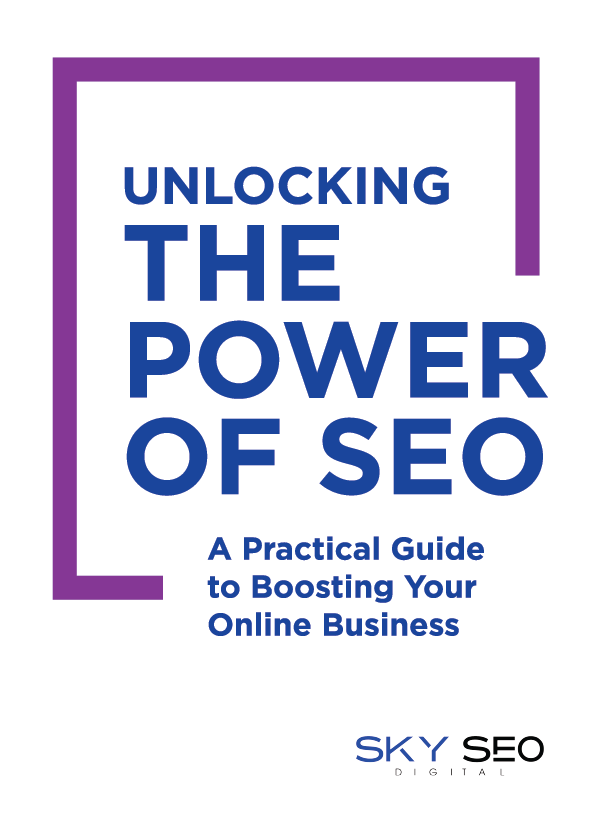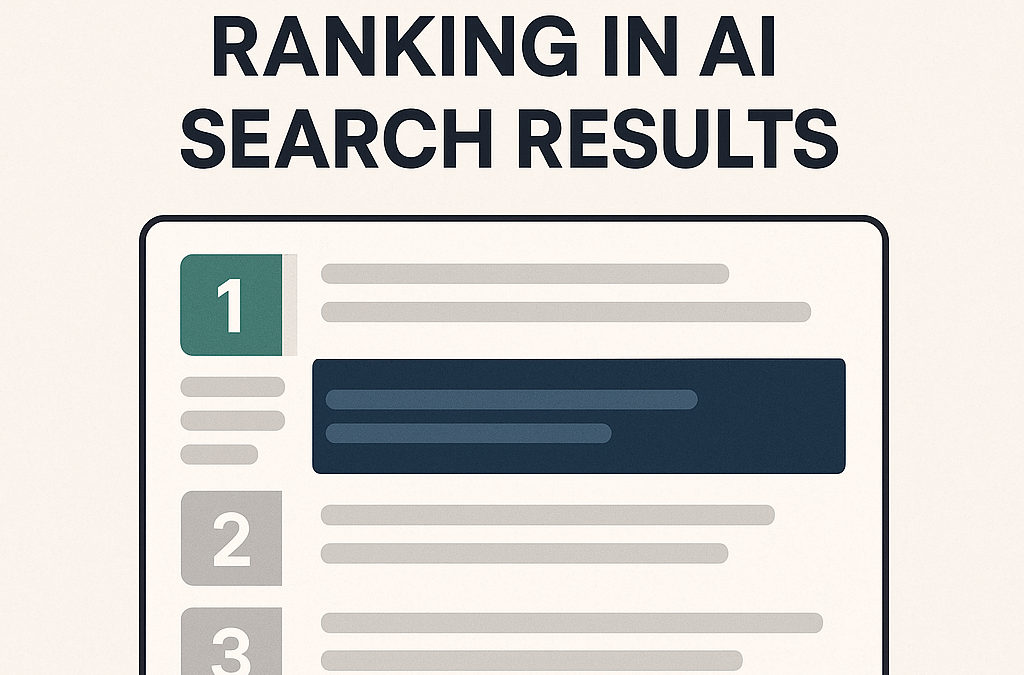You may have heard this countless times before, “SEO is not a one-and-done strategy.” As repetitive as it may sound, it is a fundamental truth in the world of digital marketing. SEO is a long-term, ongoing process, and doesn’t end simply because you’ve optimized all your webpages and rectified all existing errors. It’s a continuous dance of adaptation, and those who fail to adapt get left behind.
Why? Because Google’s algorithm and the internet at large are always changing. It’s a game of staying ahead and staying relevant. Let’s delve deeper into why constant attention and effort are imperative in SEO, and how using data, you can continue to make improvements to your site.
SEO Changes as Search Engines Evolve
Just think about it; when was the last time Google updated its algorithm? Chances are, it was very recent. Google constantly improves its search algorithms to provide more relevant results to users.
In 2020 alone, they reported over 4,500 improvements to search. As a result, if you stop optimizing your website after achieving a decent ranking, you risk losing that position due to these constant changes.
Example: Remember when Google introduced Mobile-First indexing? Websites not optimized for mobile were suddenly at a disadvantage. The optimization process had to change, adapt and continue.
User Behavior and Market Trends
The way users interact with the internet is continually evolving. A decade ago, voice search was virtually non-existent, but today, with the proliferation of smart speakers and AI assistants, it’s an integral part of many users’ online experience. Hence, optimizing for voice search became a necessary part of the SEO process.
Moreover, market trends and user interest shift over time. Content that was relevant and engaging a couple of years ago may not be so today. Therefore, updating and optimizing existing content to match current trends is an ongoing task.
Example: During the COVID-19 pandemic, many websites had to add or update content to address changes in user behavior and needs (e.g., more demand for home delivery, online learning, etc.).
Fresh Content and User Engagement
Regularly adding new content is another critical aspect of ongoing SEO. Fresh content attracts both search engines and users. It signals to search engines that your site is active, which can improve your chances of ranking. For users, new content encourages return visits and increases engagement.
Example: Running a blog on your website with consistent, quality posts can improve SEO rankings, drive traffic, and increase user engagement.
Data-Driven SEO: The Key to Continued Optimization
Making decisions based on data is a cornerstone of effective SEO. Google Analytics, Google Search Console, and various SEO tools provide invaluable data about your site’s performance, user behavior, and much more. These insights can guide you in making the necessary changes and updates to your site.
There are often times gut reactions we have to a website, its performance, as well as marketing, but data is the main source of truth. And using it to guide your SEO efforts is definitely considered best practice.
Identifying Underperforming Content
Look for pages that are getting less traffic or have high bounce rates. These could indicate that the content is not meeting users’ expectations or that the keywords are not effectively targeting the intended audience.
Example: A blog post on your site has a high bounce rate. After analyzing the data, you find that the keyword you’re ranking for doesn’t match the user intent. As a result, users leave the page quickly. This insight would necessitate updating the content or adjusting the keyword strategy. And it can also uncover new keywords that are driving traffic, but that could be enhanced by updating existing content.
Finding New Opportunities
Data can also reveal new keyword opportunities or gaps in your existing content. By addressing these, you can reach a broader audience and improve your site’s overall SEO performance.
Example: Data analysis shows that users often search for a certain product comparison that isn’t covered on your site. Creating content to fill this gap could attract more visitors and improve your search rankings.
Never-Ending Journey
SEO is a never-ending journey. It requires constant monitoring, adapting, and optimizing to stay ahead. Leveraging data effectively can guide your SEO strategy and ensure your website remains visible, relevant, and engaging to both search engines and users. Remember, the only constant in the digital world is change, and your SEO strategy should mirror this reality.









